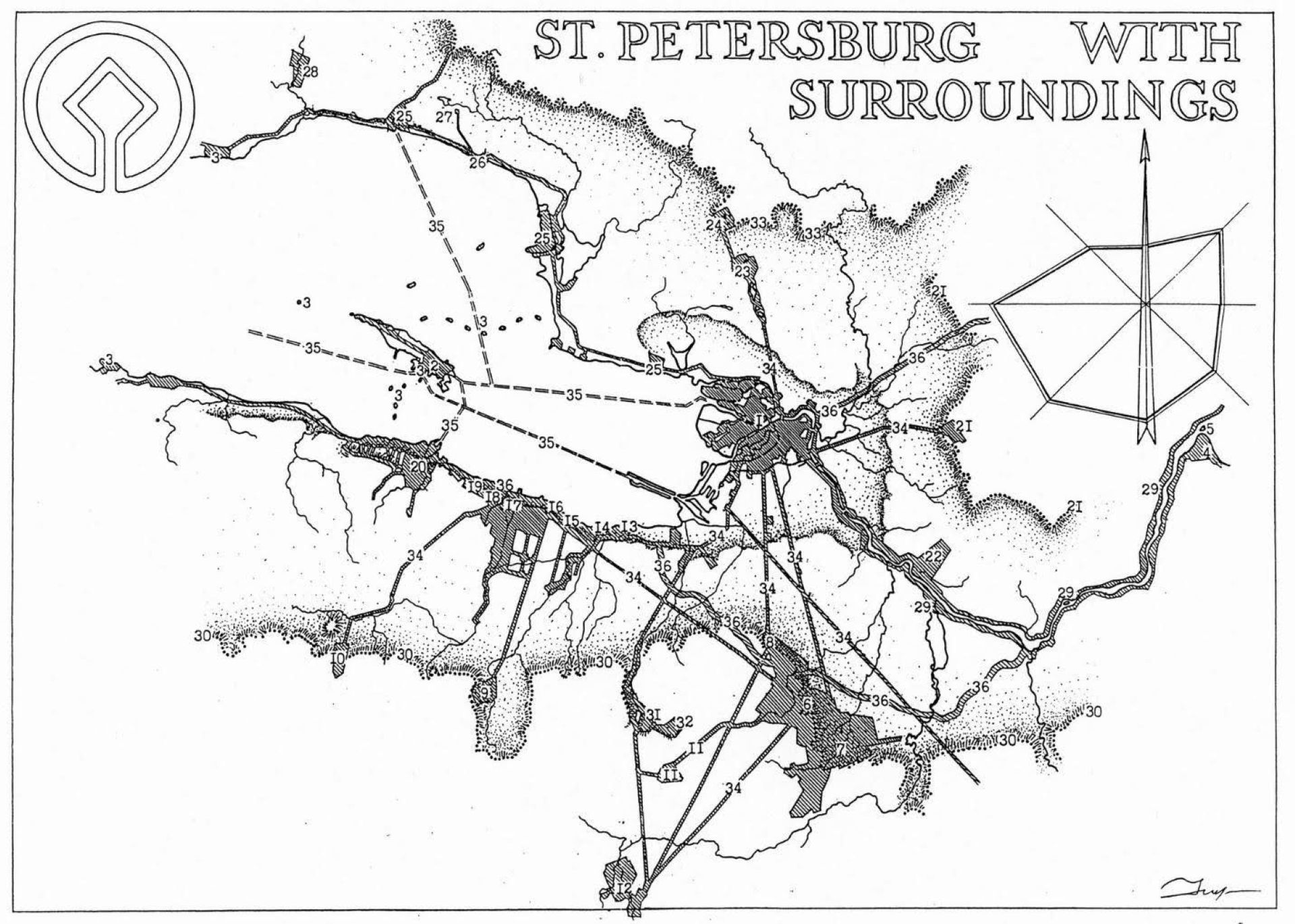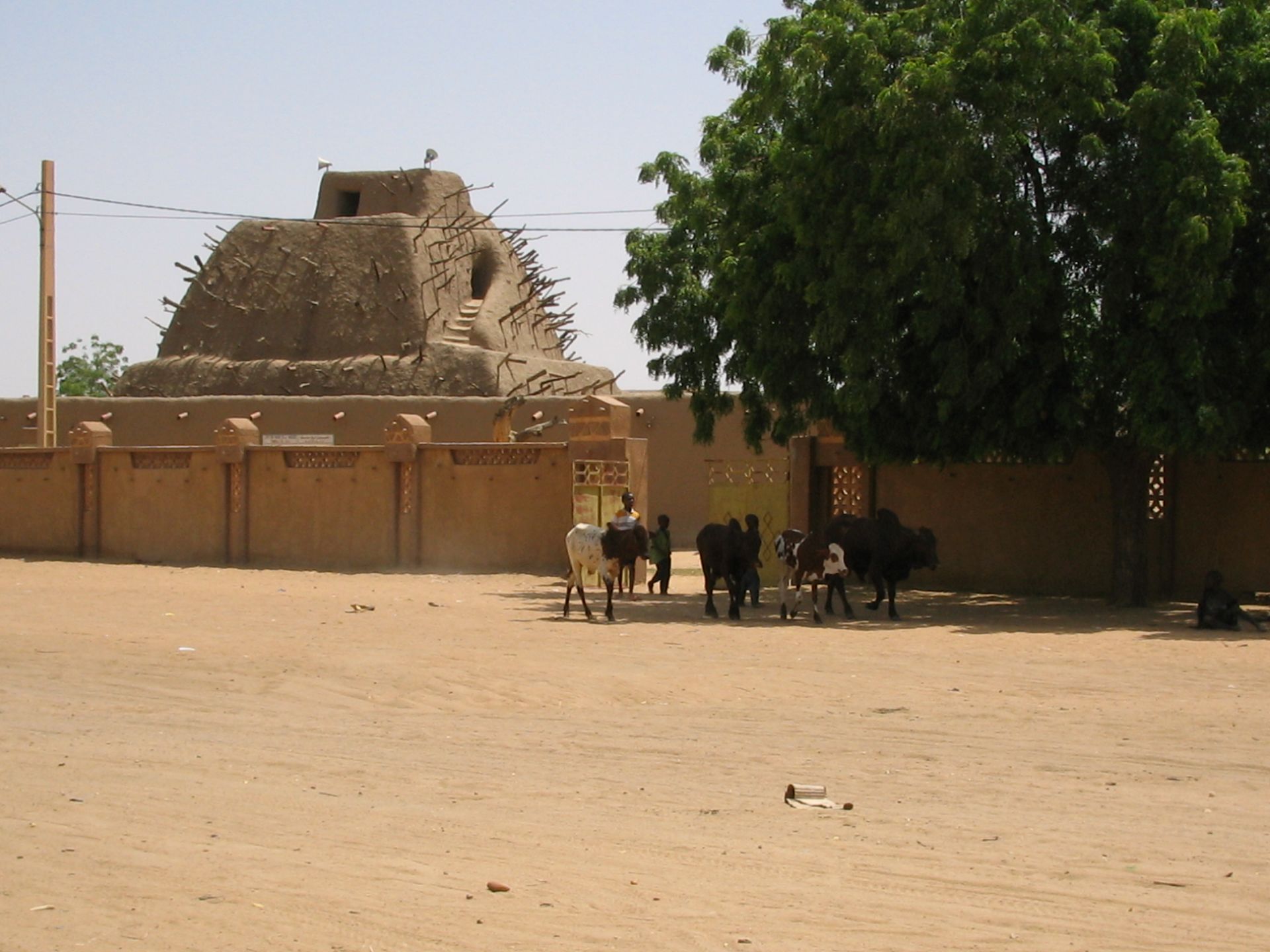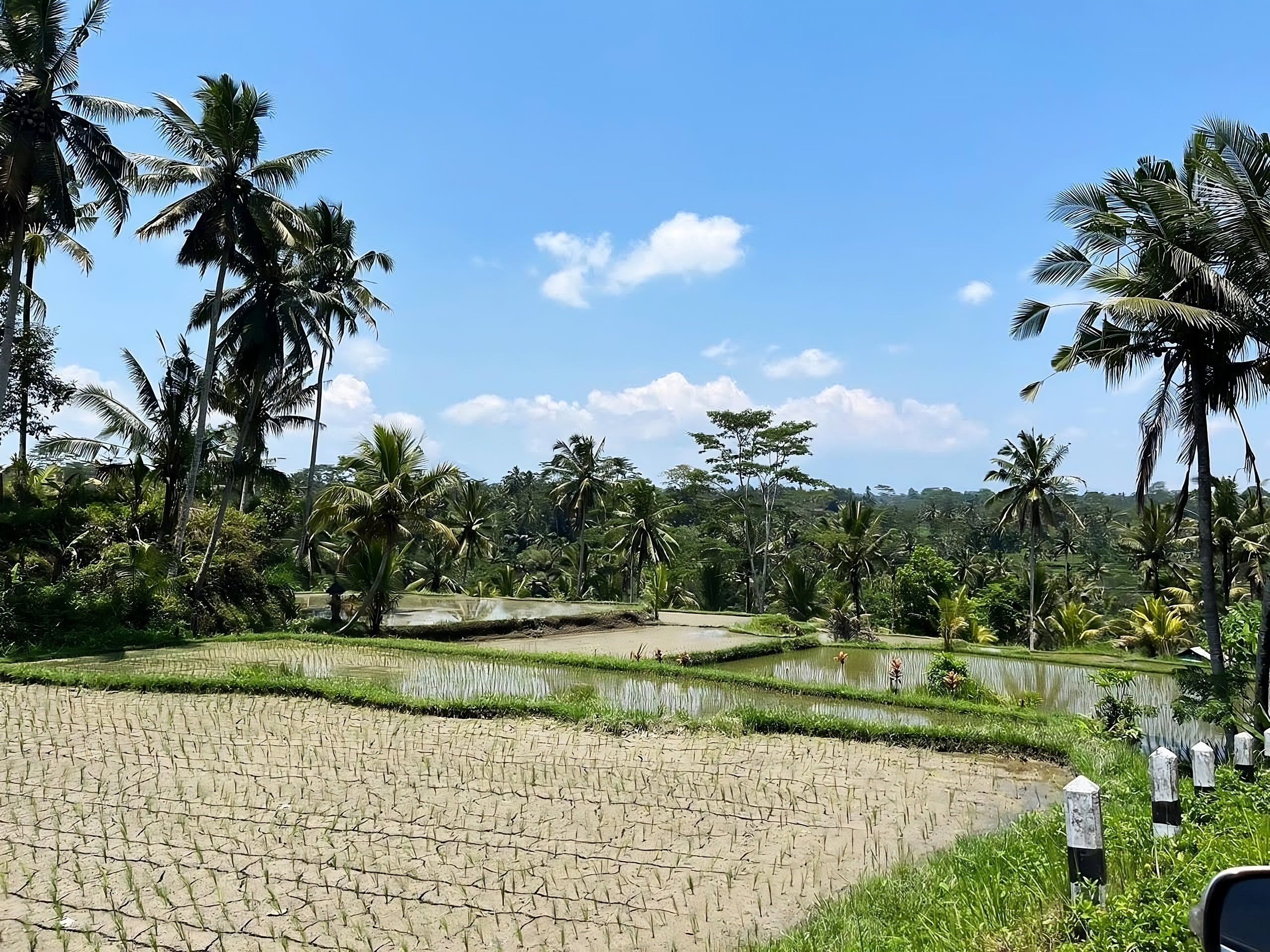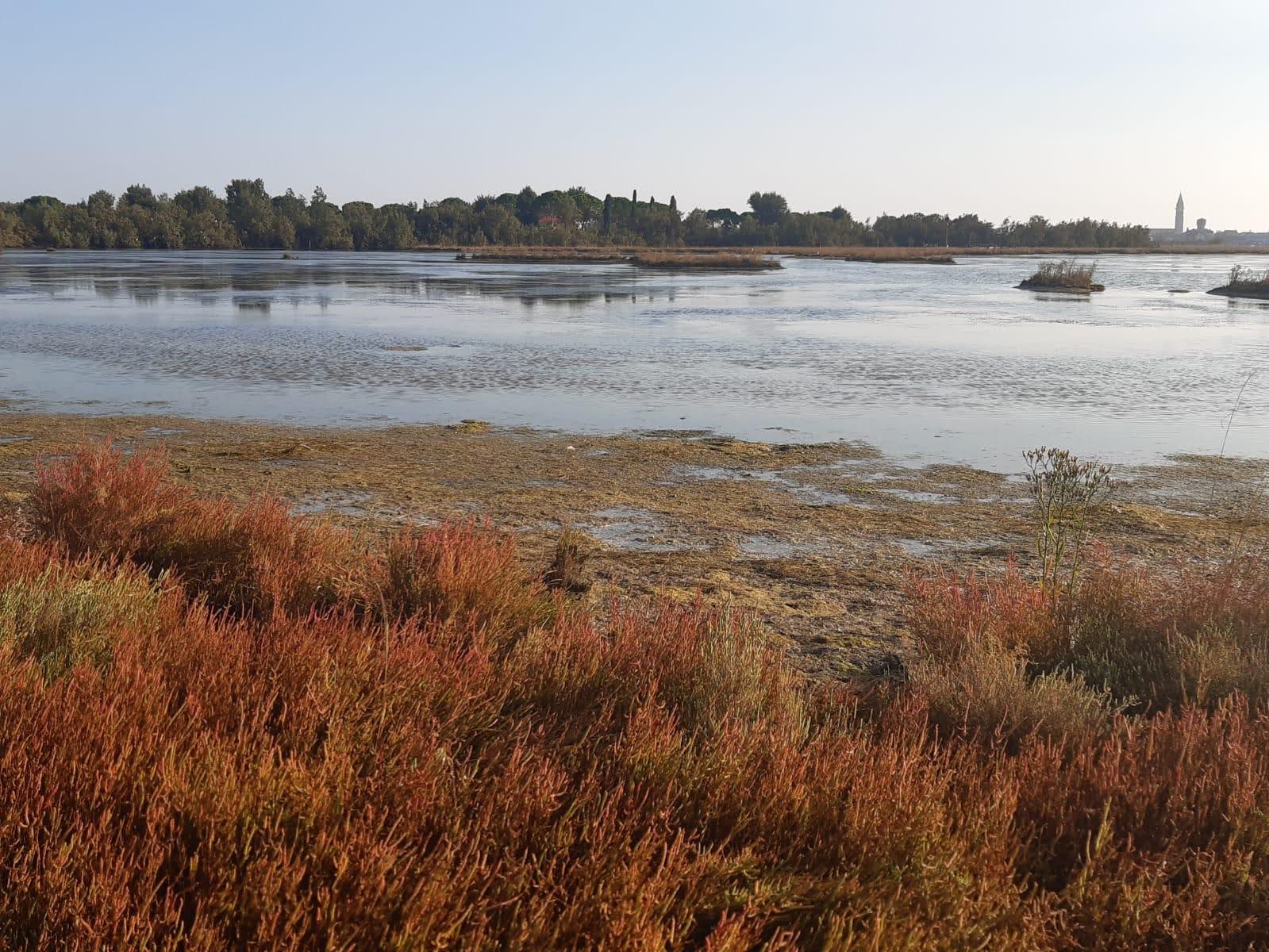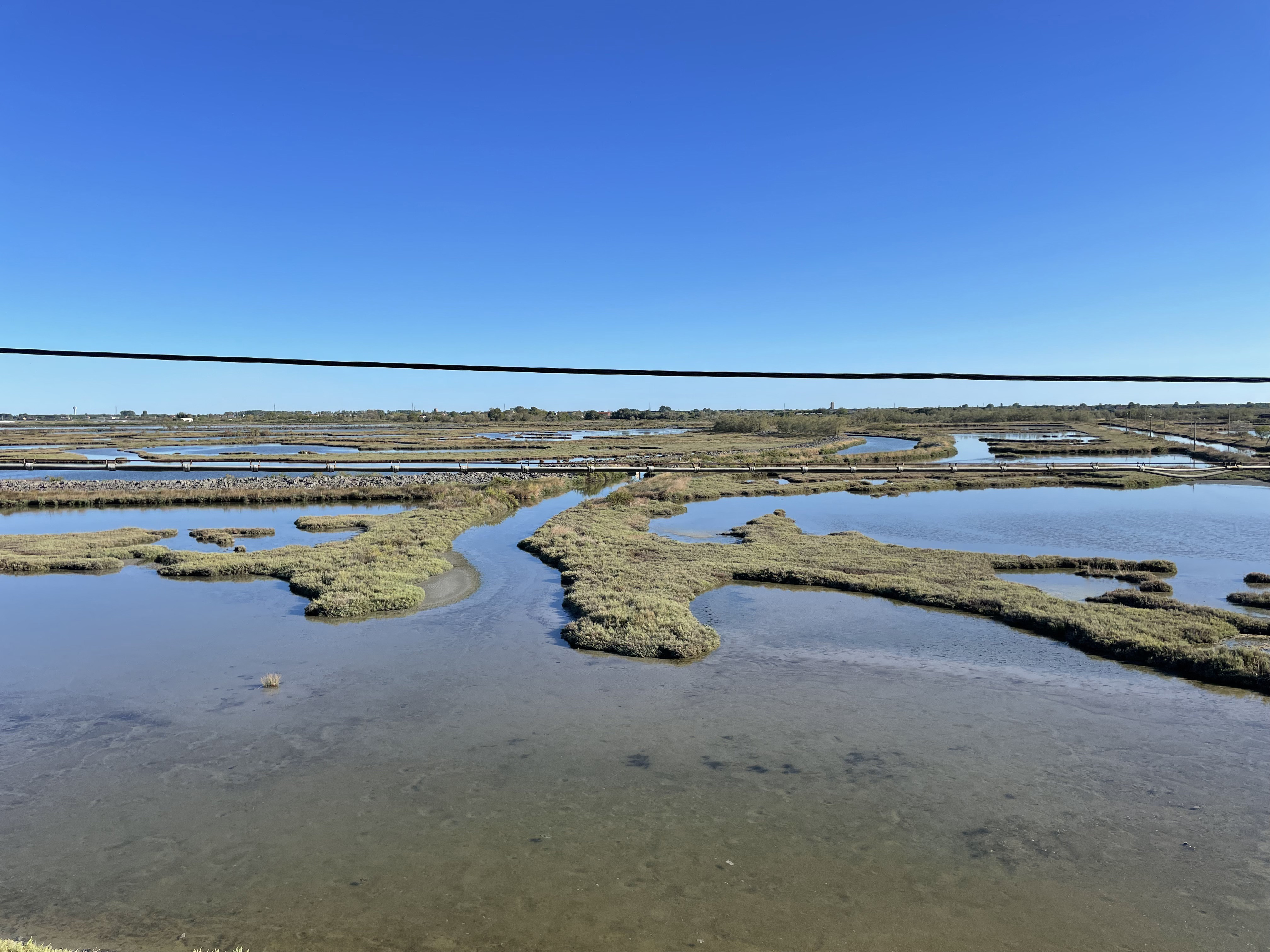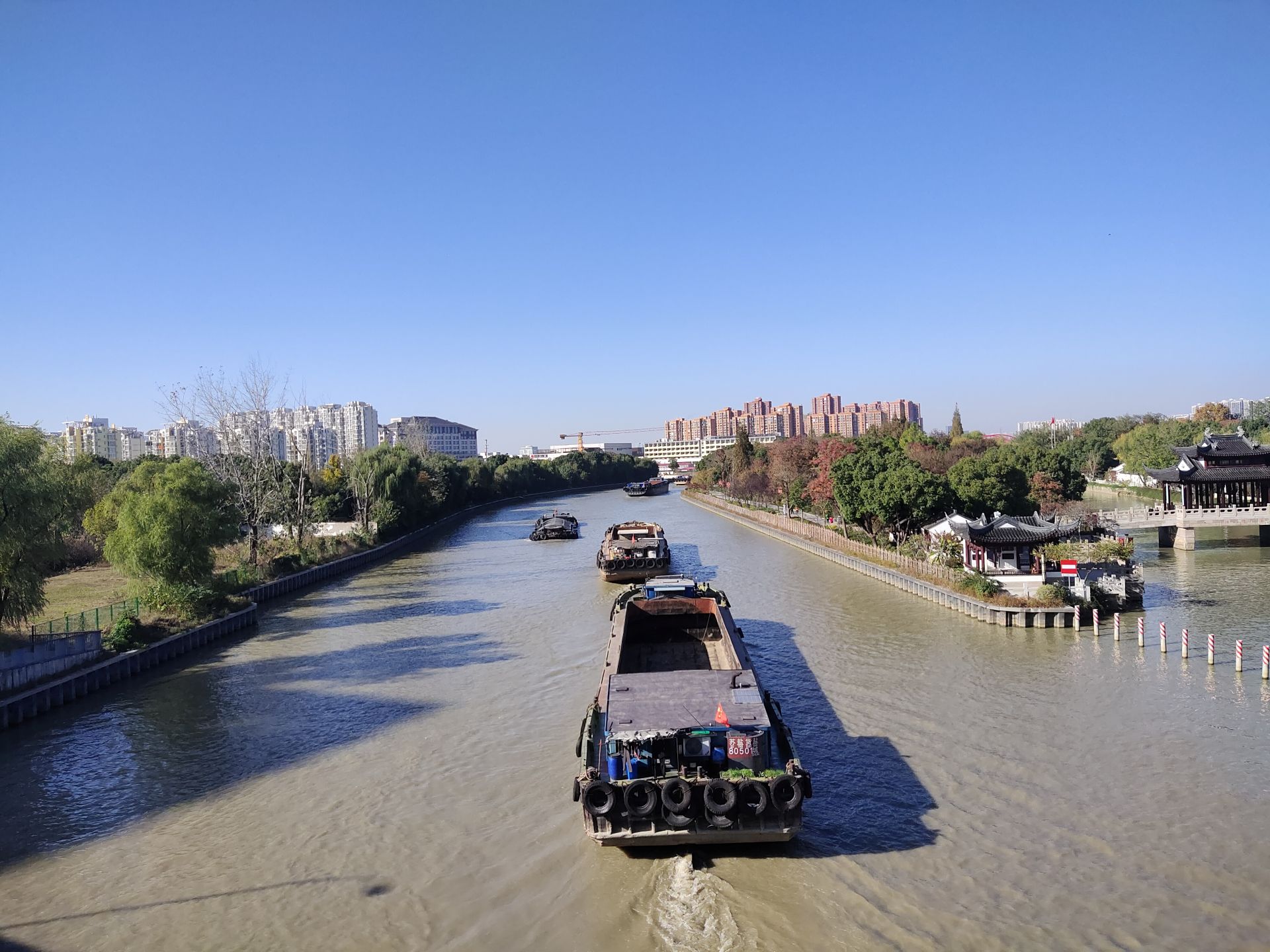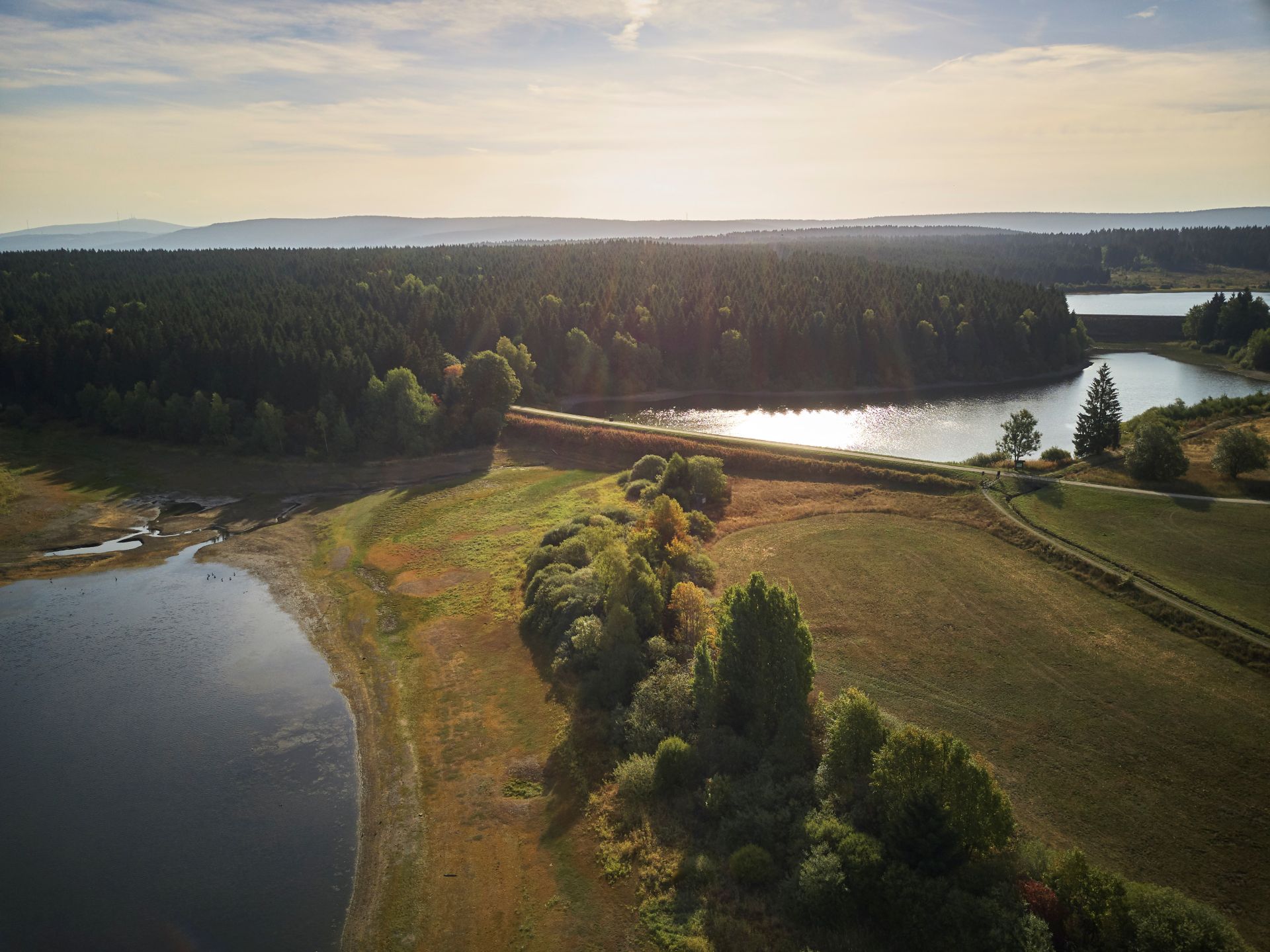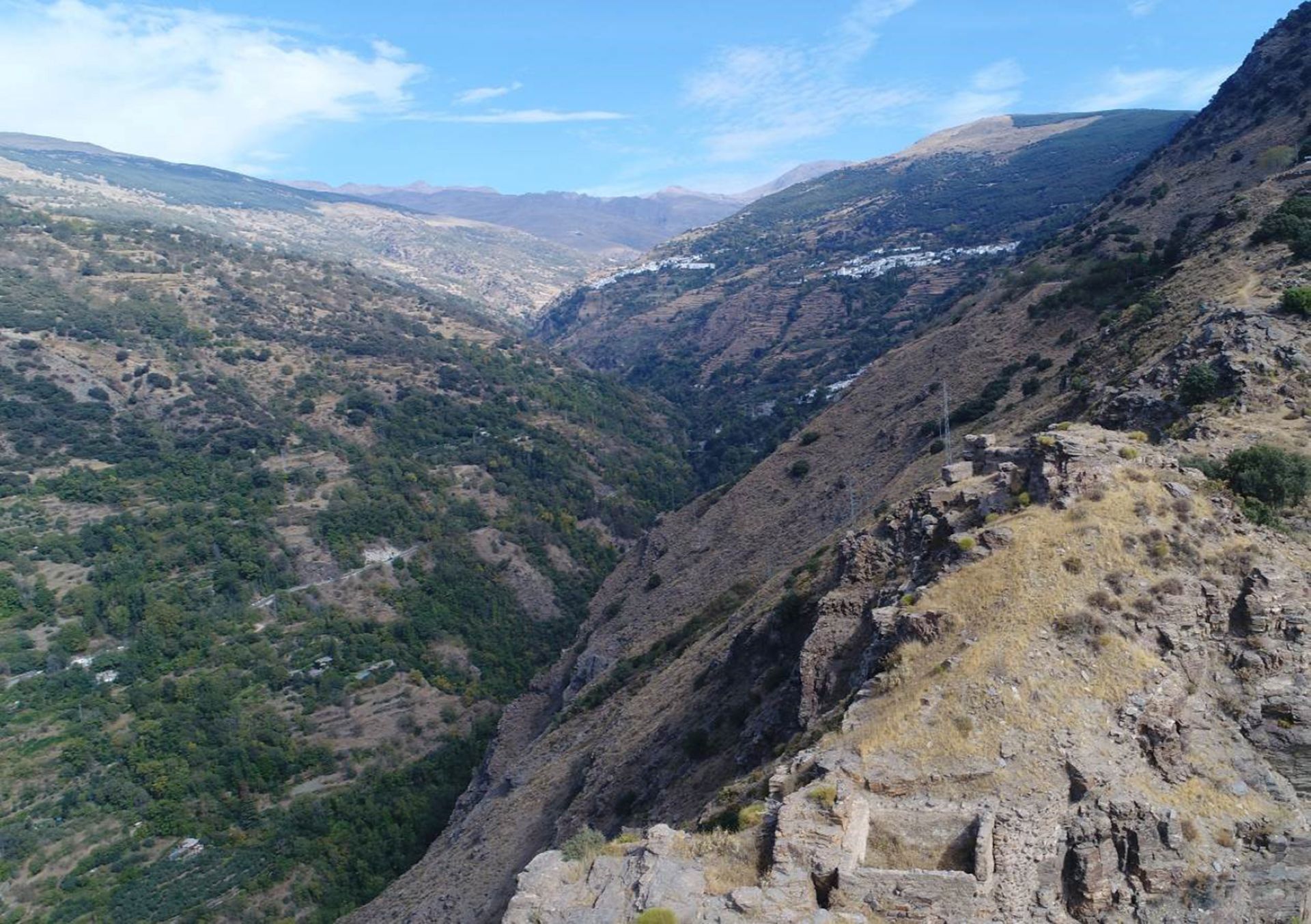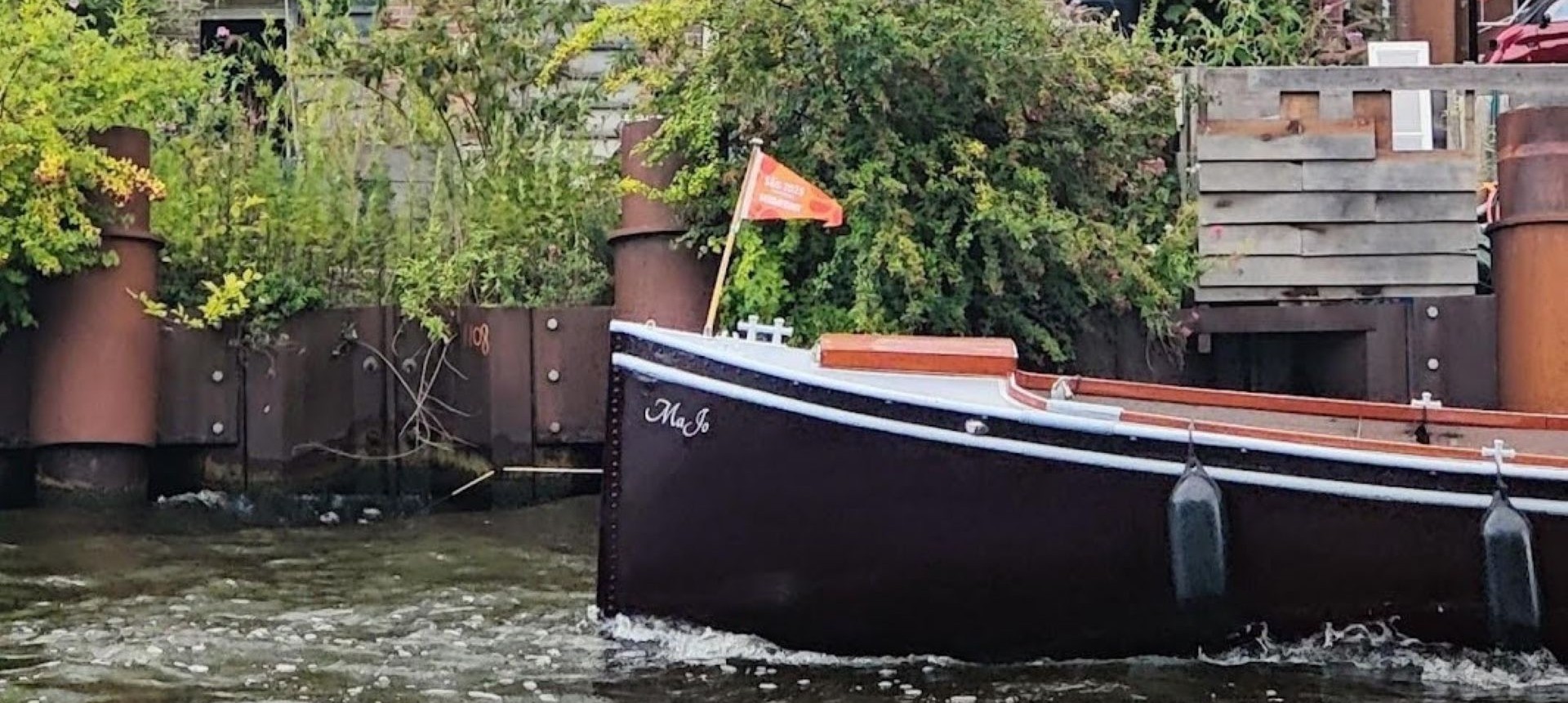Call for papers: Special Issue on Brazil Post-COP30
Water as Heritage: Co-creating Water-Based Design Strategies for Brazil Post-COP30
We are pleased to invite contributions to the Blue Papers: Water and Heritage in Sustainable Development for a special issue on Brazil and COP30 in Belém do Pará. With the Amazon as a biocultural landmark, this issue seeks reflections on water, culture, and heritage as drivers of sustainable development and climate justice.
To submit your contribution, please follow the section "Submissions."
For inquiries regarding the suitability of contribution topics, please contact the editor-in-chief, Prof. Dr. Ing. Carola Hein ([email protected]), or the guest editors for this issue, Mila Avellar Montezuma ([email protected]) and Taneha Kuzniecow Bacchin ([email protected]).
Read more about Call for papers: Special Issue on Brazil Post-COP30




